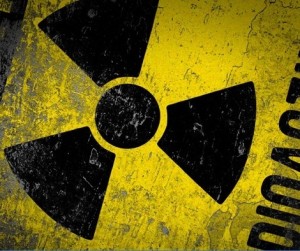 |
| Fukushima Reactor 2 Melted Nuclear Core China Syndrome |
I would like to thank FC in the chat for bringing this video to my attention and Nowi See on youtube who found it in the TEPCO archives and uploaded it to youtube.
Published on 27 Jan 2015 by Nowi See on youtube. You can also find the video in the TEPCO website archives if you like.
"This is the radioactive sludge and toxic water that they pretend they're doing something about. 40 minutes in underwater hell."
The Daiichi complex in Fukushima, Japan had a total of 1760 metric tons of fresh and spent nuclear fuel on site last year, according to a presentation by its owners, the Tokyo Electric Power Company (Tepco).
The most damaged Daiichi reactor, number 3, contained about 90 tons of fuel, and the storage pool above reactor 4, which the Nuclear Regulatory Commission’s (NRC’s) Gregory Jaczko reported had lost its cooling water, contains 135 tons of spent fuel.
- The amount of fuel lost in the core melt at Three Mile Island in 1979 was about 30 tons.
- The Chernobyl reactors had about 180 tons when the accident occurred in 1986.
It also means that a single spent fuel pool at reactor 4 has 75% as much nuclear fuel as at all of Chernobyl.
But in reality it gets much worse than that..
Tepco very recently before the disaster transferred many more radioactive spent fuel rods into the storage pools. According to Associated Press, there was at the time of the earthquake and tsunami some 3,400 tons of fuel in seven spent fuel pools plus 877 tons of active fuel in the cores of the reactors.
This all totals up to 4,277 tons of nuclear fuel at Fukushima at the point of the disaster.
Which would mean that there was almost 24 times more nuclear fuel at Fukushima than Chernobyl at the time when it went full meltdown only hours after the earthquake struck the plant..









No comments:
Post a Comment